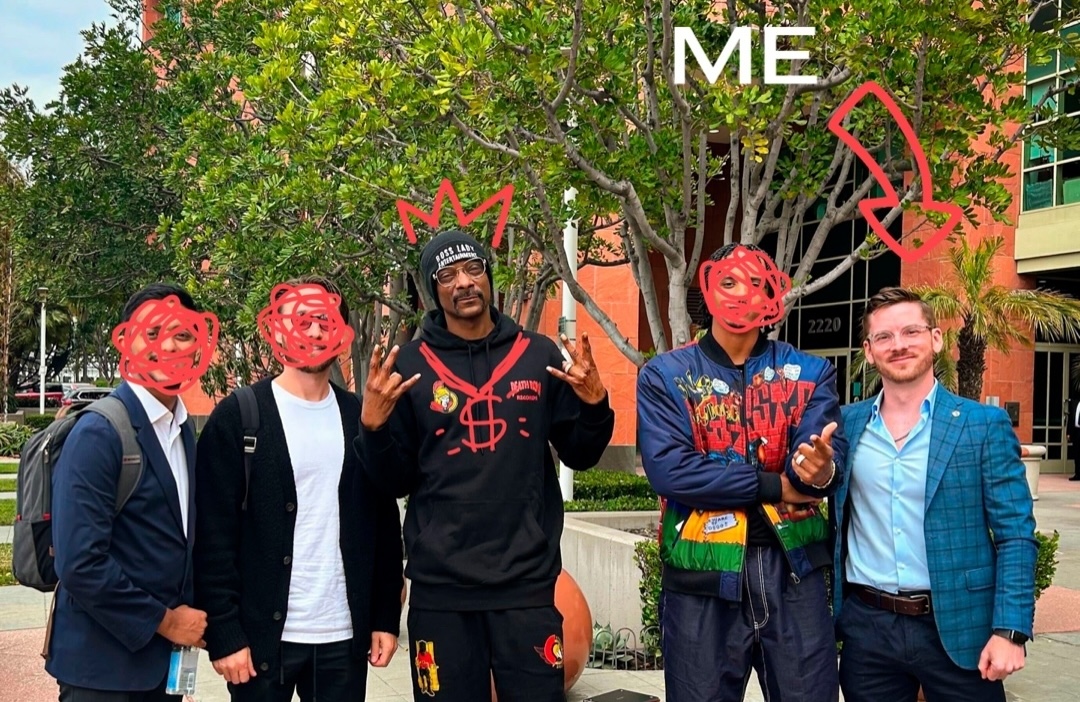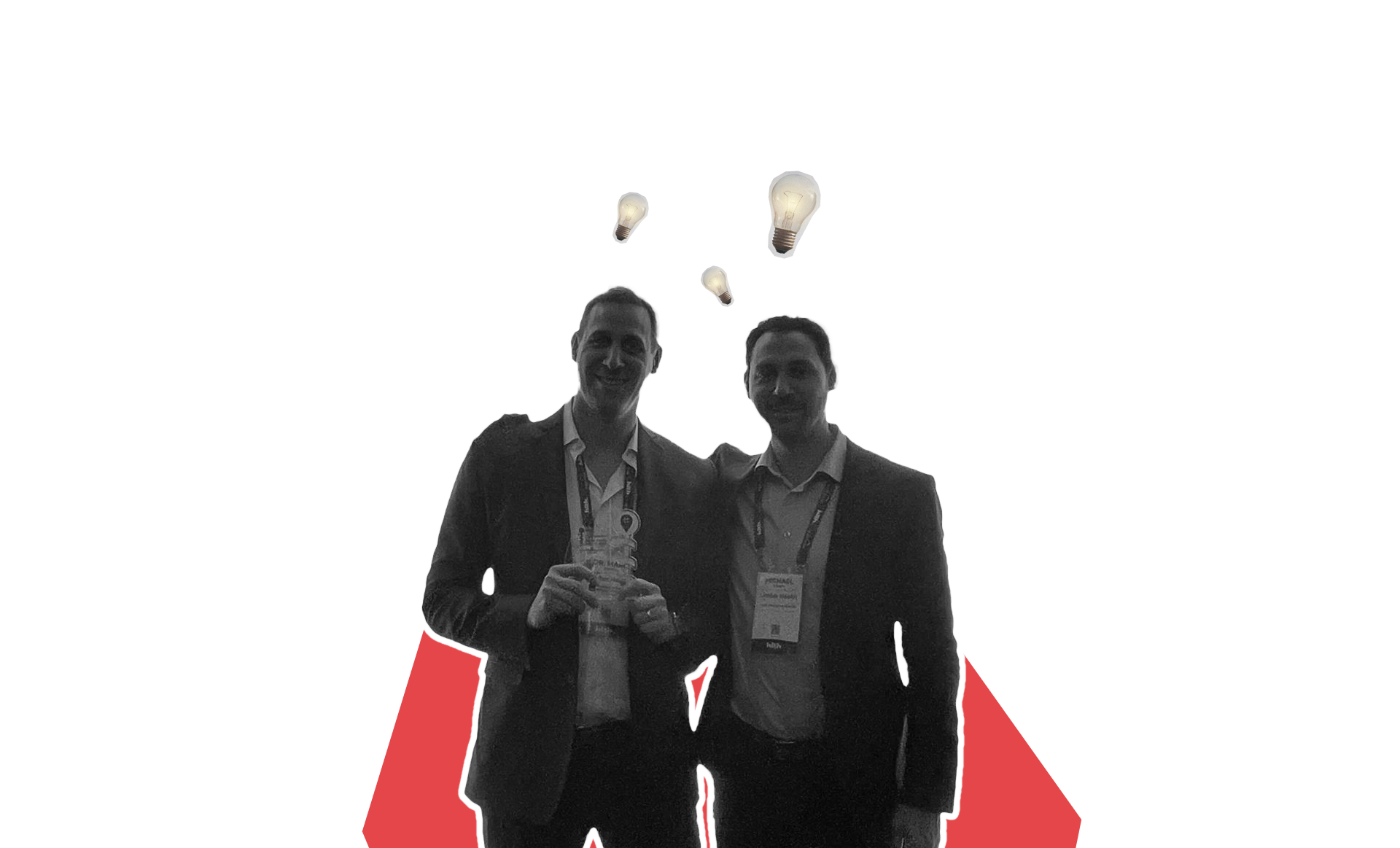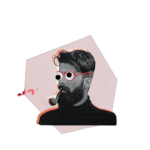Building something new? We'll get you to launch on-time & under-budget.
Ship faster. Spend less. Take back your time and focus on what you do best: growing your business.


Independent software [firms] such as Mr. Knight’s [No Nerds] represent an elite echelon of the so-called Gig Economy.
Bloomberg



We tamed Snoop Dogg‘s impossible vision for the future of music, producing a prototype for his upcoming revolutionary sample marketplace in just 5-days. We later wrote, designed, and personally led his pitch to Universal Music Group’s CEO Sir Lucian Grainge, resulting in the platform’s first major label partnership.


We helped Wellness4Humanity launch the nation’s first COVID-test vending machines within an insane 12-week deadline—after months of wasting time with another team that just couldn’t deliver.


We helped Limber Health manage development of their 2.0 application, navigate an international rehosting of their infrastructure, and managed a team of 6+ developers—letting them focus on closing massive partnership deals and raising $11M in the process.


Are you looking for designers and developers that build exactly what you ask for? Keep looking. That’s not us. For every feature we’ve built, we’ve talked our clients out of building ten more.
Most agencies depend on scope creep to pay their bills. Not us: our job is to get you to launch as quickly, efficiently, and effectively as possible. All our projects are fixed-length and fixed-scope. We set a target and we sprint towards it.
Unlike our competitors—we don’t rent out warm bodies. We don’t make our money by charging 75% gross margins on an army of low-cost and low-quality design & development talent.
Instead, we support your existing team, or help you assemble a new team specifically for your project.
Agile is a cult, and we’re not big fans of Kool-Aid. If you like paying top dollar for do-nothing bureaucrats, we’re not for you.
We believe in the words of the original Agile Manifesto: people over process. We’ll work with you to find a process that works for you and your team—not zealously adhere to whatever’s written in a 20-page book with a seal on the cover.

In 2024, software development is a commodity business. There are millions of developers more than capable of building your app the right way.
But building the right app? That’s the hard part. Our processes challenge you to defend every aspect of your project’s scope, making sure you only build exactly what you need to.
Ship faster. Spend less.

We call it the Dev Shop Special: they spend 100% of your budget building the easiest 80% of the project, and then leave you high and dry when they can’t actually finish the rest of the app.
Our process identifies the biggest risks to your project—technical, product, or financial—and puts them at the start of your roadmap.
Avoid the Dev Shop Special.

Taking a product to market might take months of design & development. But getting something in front of customers, getting their feedback, and delivering them real value shouldn’t.
Other companies focus on crafting award-winning “experiences”. We focus on getting you to market as quickly as possible.
We don’t build apps. We launch businesses.


